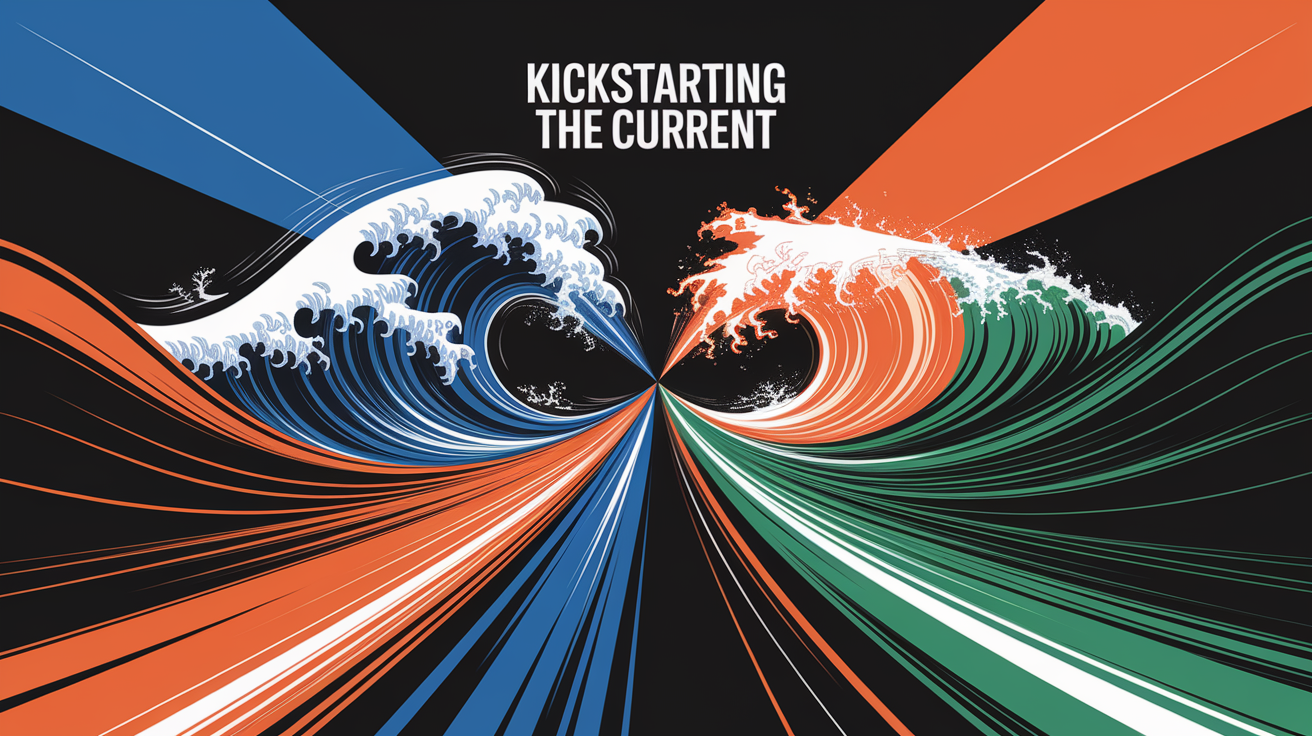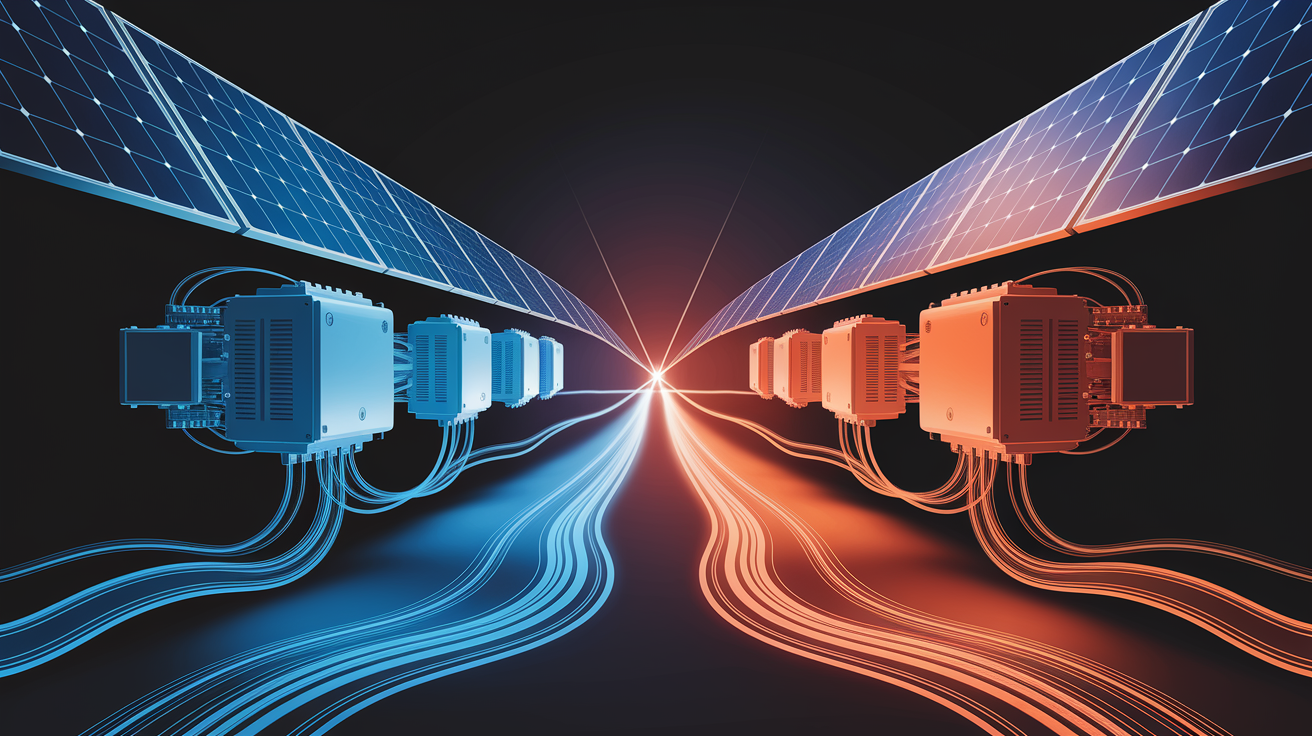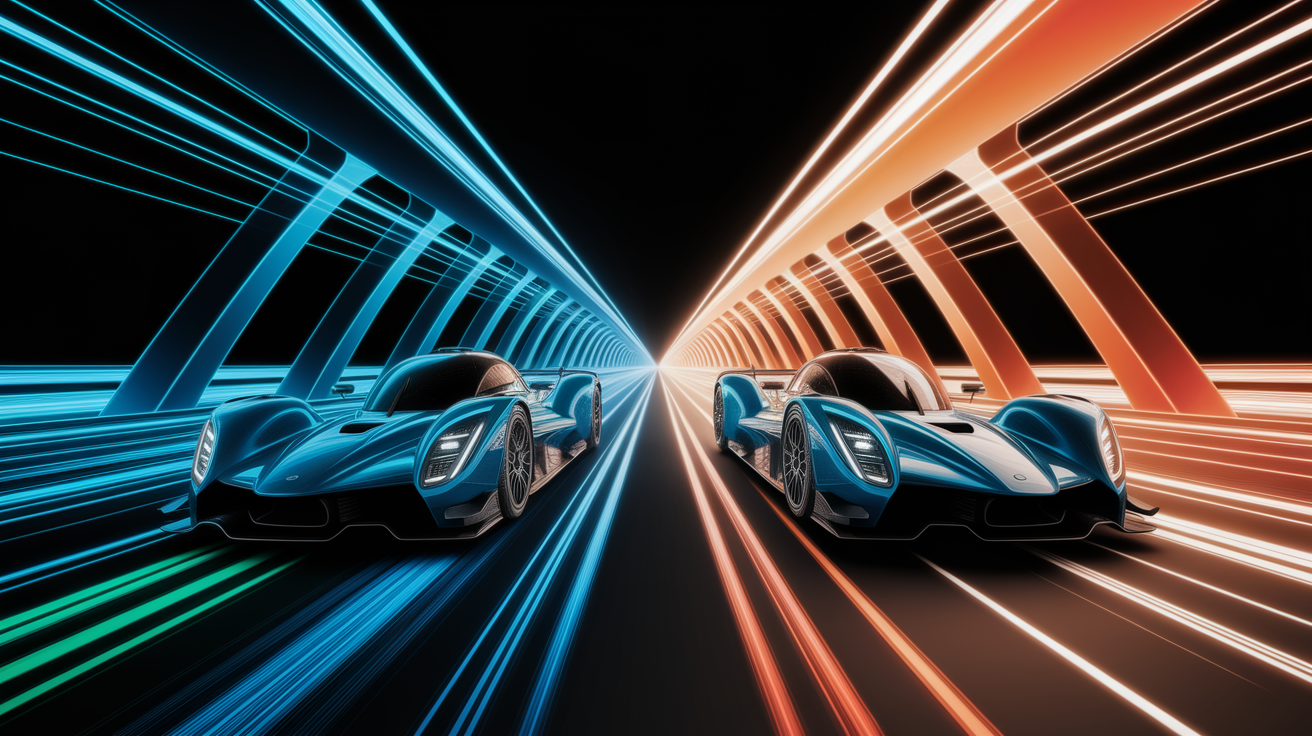Micro-inverter vs String Inverter: A Straightforward Comparison
Kickstarting the Current
At the core of every solar energy system lies a critical component: the inverter. This device is responsible for DC to AC conversion, turning the direct current generated by solar panels into usable alternating current for homes, businesses, and grid-tied applications. When designing or upgrading a photovoltaic system, understanding inverter technology is essential for optimizing both performance and return on investment.

Two main solutions dominate the market: microinverters and string inverters. Each offers unique benefits, trade-offs, and suitability for specific scenarios. Deciding between them starts with a clear picture of how they differ and how these differences translate into real-world gains or constraints.
How Micro-inverters and String Inverters Work
Both micro inverters and string inverters share the same core function: convert a solar panel’s DC power into AC. The distinction lies in where and how this happens:

- Microinverters are installed directly on each solar panel. This distributed architecture allows every panel to operate independently with its own maximum power point tracking (MPPT), maximizing individual output and enabling detailed panel-level monitoring.
- String inverters aggregate the DC output from multiple panels wired in series (a “string”) and process it in a single, centralized unit. This centralized architecture streamlines wiring and reduces on-roof components but ties the performance of the entire string to its weakest panel.
The architectural choice has a direct impact on solar system performance, installation complexity, and scalability.
Performance and Reliability
Performance differences become most visible in challenging conditions. According to data-driven assessments, microinverters excel when panels experience variable shading, have multiple orientations, or face obstructions. This is because each unit operates independently — loss on one panel does not cascade down the entire array.

String inverters, by contrast, work on the “weakest link” principle. If one panel’s output drops due to shade or dirt, the entire string’s power drops to match its reduced level. While highly efficient in uniform, sunlit environments, they are less forgiving in mixed conditions.
In terms of reliability, microinverters distribute the workload across many units, meaning a single inverter failure reduces only one panel’s output. However, they also introduce multiple electronic points of failure on the roof. String inverters centralize the system’s risk — a single failure can stop production for the entire string, but maintenance is often simpler and faster since there’s only one inverter to replace or service.
Cost, Installation, and Scalability
From a cost-per-watt standpoint, string inverters are generally more economical, particularly in large solar arrays. Their centralized setup uses fewer components, streamlining installation and reducing upfront labor. As outlined in industry comparisons, this can be a decisive factor for utility-scale or budget-sensitive projects.

On the other hand, microinverters tend to carry higher upfront costs due to the need for one inverter per panel. Installation is more complex, involving additional wiring and equipment mounted on the roof. However, their scalability benefits stand out: adding new panels is as simple as attaching more microinverters, without the need to match exact string lengths or reconfigure a central inverter. This flexibility is ideal for residential systems anticipating incremental expansion.
Warranty coverage also reflects the durability expectations. Microinverters often come with 20–25 year warranties, indicating confidence in their long-term rooftop performance. String inverters typically carry 10–15 year warranties, though replacing them once during a system’s lifespan is common in financial planning.
Choosing the Right Inverter for Your System
Selection should be driven by a careful inverter efficiency comparison based on your site conditions, project size, and business case. Here are practical guidelines:
- Choose microinverters when panel shading, varied orientations, or roof complexity would otherwise diminish yield. They’re also the go-to for precise panel-level data and future system expansion flexibility.
- Opt for string inverters when your solar array has a consistent tilt and azimuth, receives uniform sunlight, and you want to minimize upfront costs while keeping maintenance centralized.
- Consider hybrid approaches like power optimizers, which provide panel-level DC optimization before feeding into a central inverter, blending some advantages of both worlds—particularly for partially shaded arrays or integrated battery storage projects.
A thorough solar ROI analysis should factor in not only initial capital outlay but also projected maintenance, component replacement timelines, and potential energy harvest optimization over the life of the system.
The Final Switch
The micro inverter vs string inverter decision is less about choosing a “better” technology in absolute terms and more about selecting the right tool for your environment, budget, and energy goals. While microinverters deliver unmatched flexibility and superior performance in complex, shading-prone conditions, string inverters hold their ground as a cost-effective, efficient choice for uniform, obstruction-free installations.
For system designers, installers, and informed consumers alike, the key lies in aligning inverter technology with practical realities: the physical layout of the solar array, long-term operational strategy, and the financial model backing the project. By making this match early in the solar installation process, you set the current flowing toward maximum efficiency, longevity, and return.







